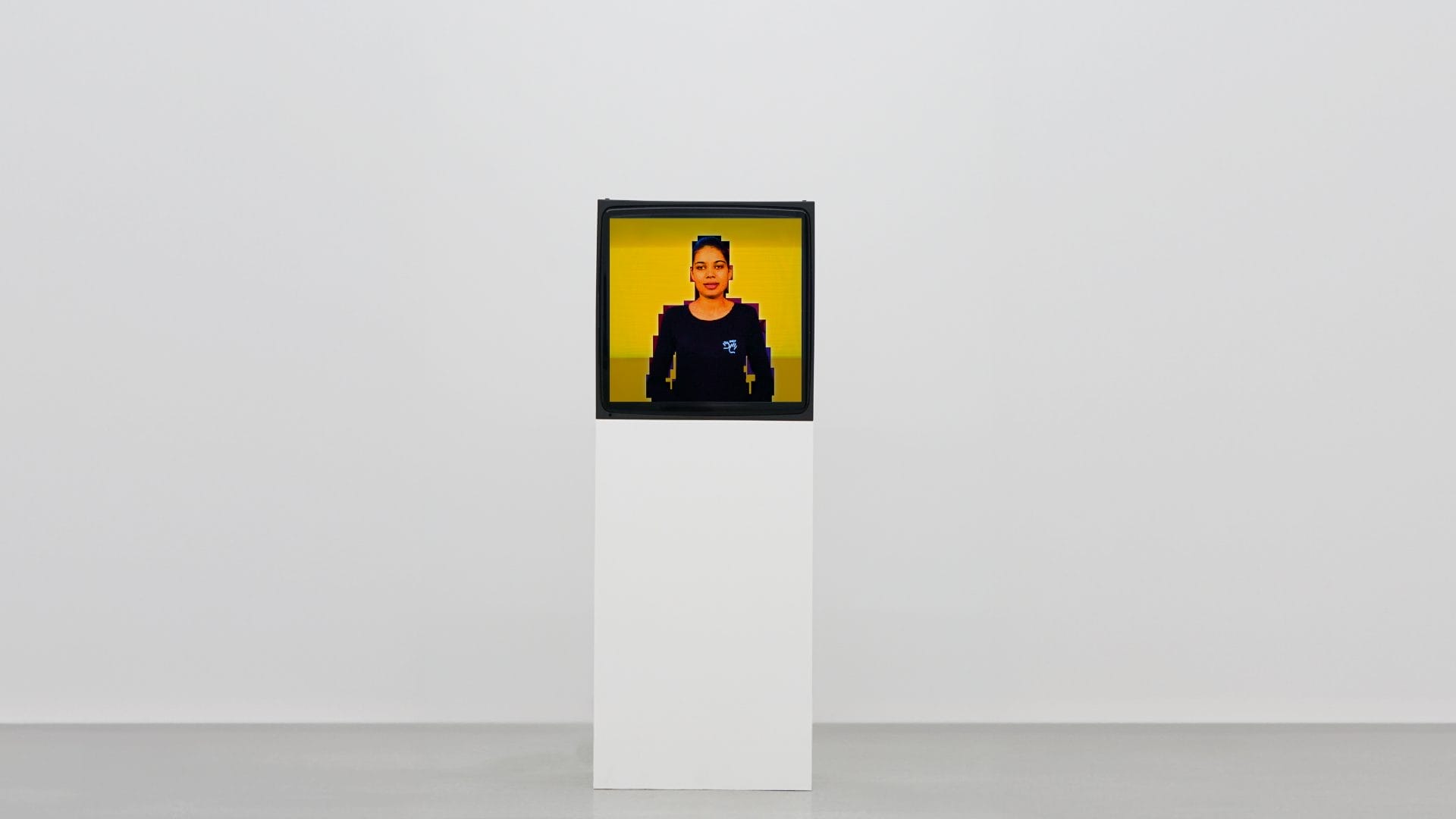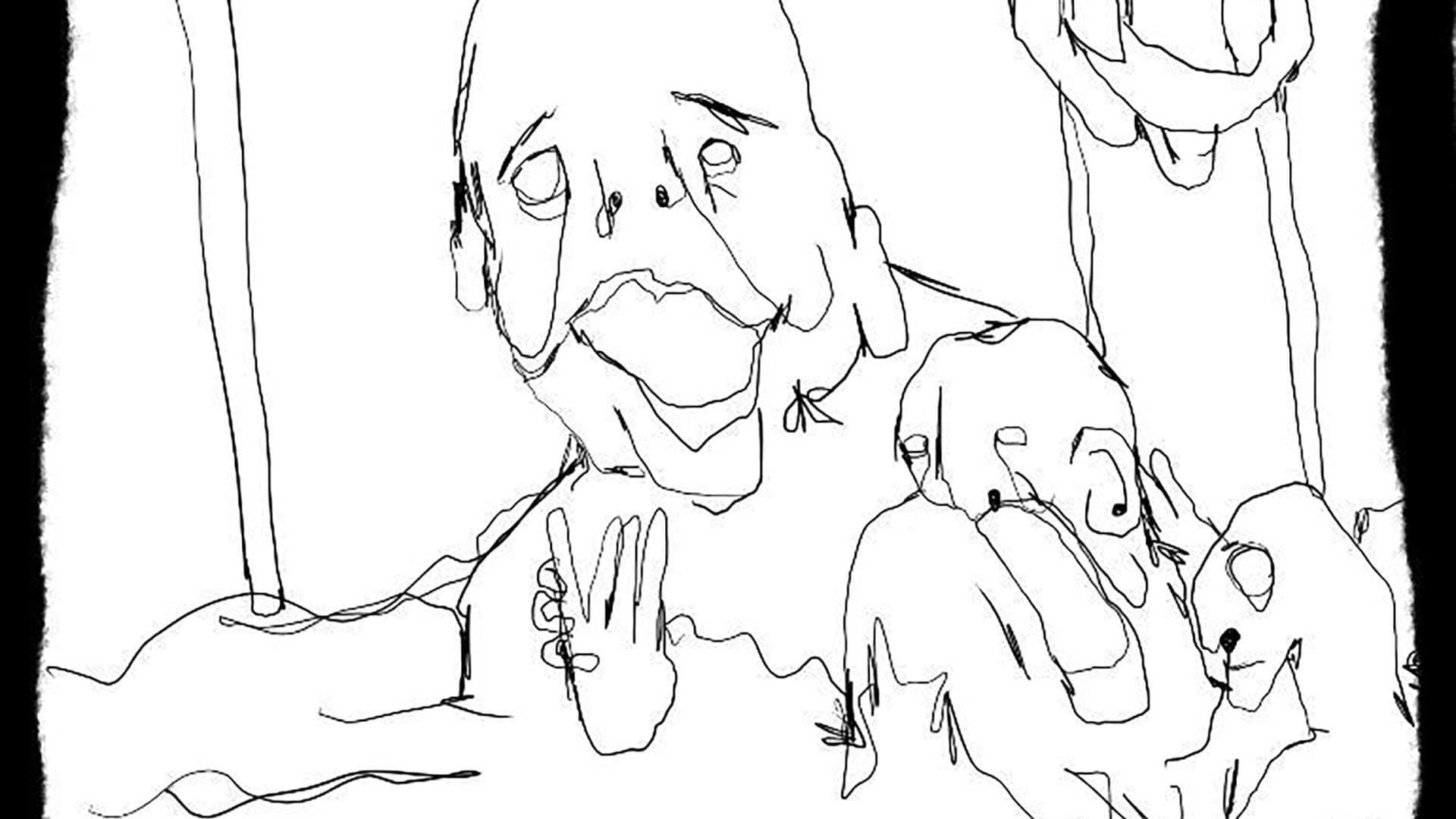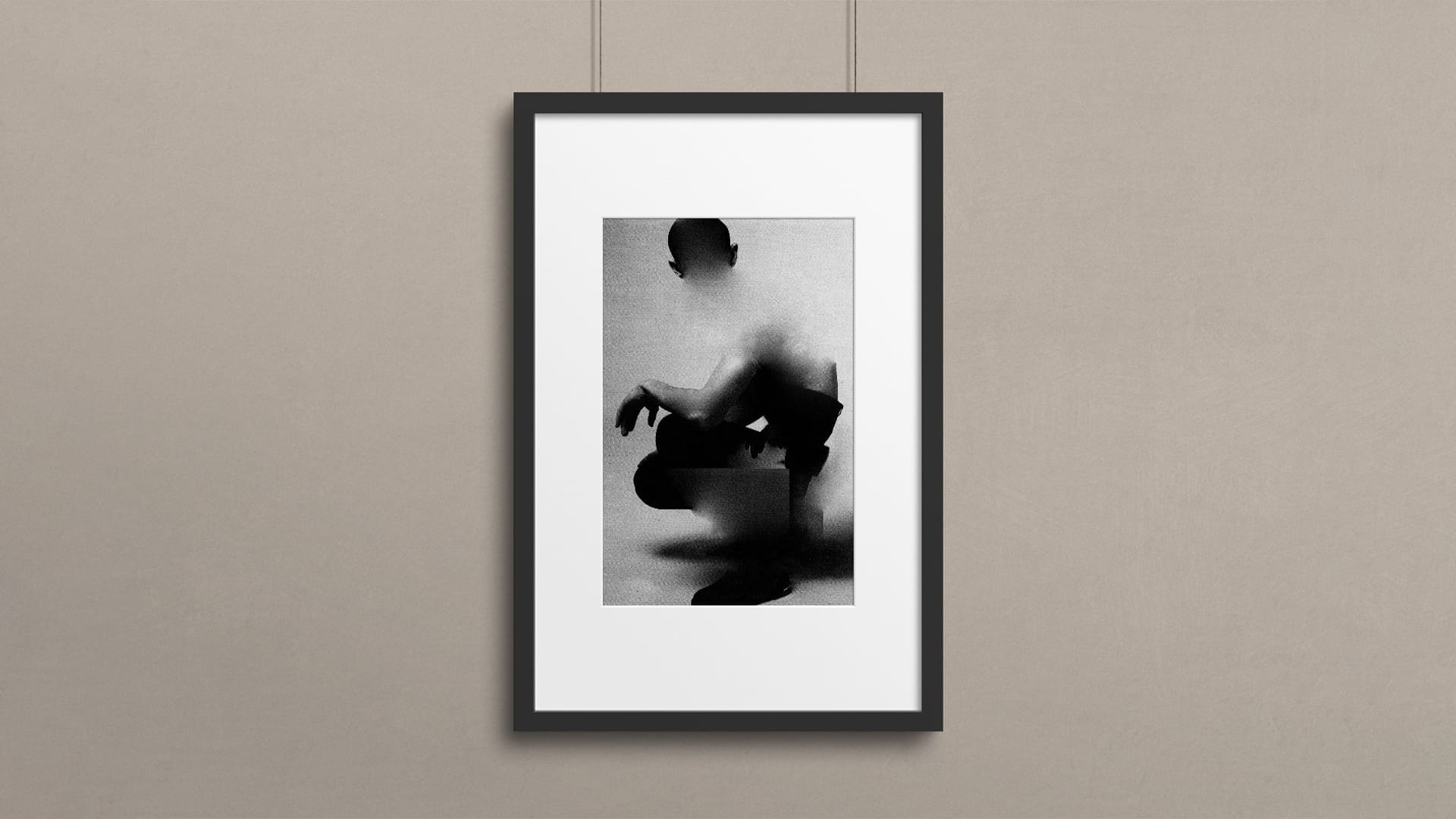
Zombie Curating in the Infrathin of the Now. Beyond the ‘Curatorial’
[Curating is everywhere, but not as we have known it: for some time it has been an undead, a zombie, in which the established language, thinking, meanings and values of curating now stand as an obstacle to grasping the potential condition and possibilities of action. Trying to overcome the notion of the ‘curatorial’ (Martinon, ed. 2013), this chapter focuses on analyzing the state of the art of curating, an undead practice moving in a transformative time, in the ‘intrathin,’ what Duchamp described as a minute interval separating two statuses.]
-> In my white-cube bedroom, I notice how cold and impersonal such a space can get. Books are few and far between in my environment, partly because I am in a temporary residence and away from my home city. But even then, I reflect upon how galleries and non-profit spaces place art pieces and means of knowledge privilege emptiness and impersonality, features only erased by events restituting an image of artworks as an anesthetic to the world outside, pure visuals pleasing some kind of human tendency to aesthetics. “Everyone is a curator now”, they say, but art curators are rare finds of an unknown generation of art-passionates thinking curating is having a say on what’s worth showing in a given space of exhibition.
Curating, once viewed through the lens of a simple yet vital function—caring for and organizing collections and exhibitions—has entered a complex, almost spectral dimension where traditional definitions and practices are perplexedly at odds with contemporary interpretations. In this form, curating has become an entity much like a zombie in my opinion: animated yet disconnected from its original vitality, wandering through an avant-garde landscape that redefines its purpose and essence. Drawing from Andrew Dewdney’s concept of ‘photography zombification,’–the condition photography has occupied for some considerable time as an undead, a zombie, in which the established language, thinking, meanings and values of photography now stand as an obstacle to grasping the new condition–I hereby state curating is going through the same alteration in a world that is saturated with content, ideas, and an overwhelming array of cultural outputs. It is essential, therefore, to delve into the state of contemporary curating as it grapples with its historical legacy, engages with new technologies, and responds to the evolving demands of (art) society.

To understand the transformation of curating in this ‘zombie’ phase, we must first acknowledge that the established definition and language of curating now stands as an obstruction. The term ‘curating’ has broadened significantly, often losing connection with its origins in the preservation and display of art. The arrival of contemporary art heralded what Paul O’Neill describes as a ‘curatorial turn.’ For O’Neill, there is a shifting in an understanding of the curator as a caretaker of a collection to a creator of cultural meaning and value. In the 1970s, star curators emerged in tandem with the phenomenon of large-scale exhibitions such as biennials, which transcended curators’ custodianship in a museological context and transformed them into brokers of culture and beyond.This shift is deeply rooted in the rapidly changing cultural landscape where social media, digital platforms, and collaborative projects have created new arenas for artistic expression and community engagement. This democratization of art has prompted curators to reconsider their roles—not merely as gatekeepers but as facilitators of dialogue and supporters of diverse, often marginalized voices.

As curators navigate this altered terrain, they confront a paradox: the practices that once defined their role, such as the careful selection and framing of artworks, are no longer sufficient in guiding an audience through the contemporary cultural experience, nor in serving independent spaces mostly run by artists. Instead, curators find themselves functioning within the ‘infrathin,’ a term borrowed from Marcel Duchamp that describes the delicate yet significant differences in states of being. This state reflects the nuanced transition from one practice to another, creating a fertile ground for exploration, experimentation, and innovation.
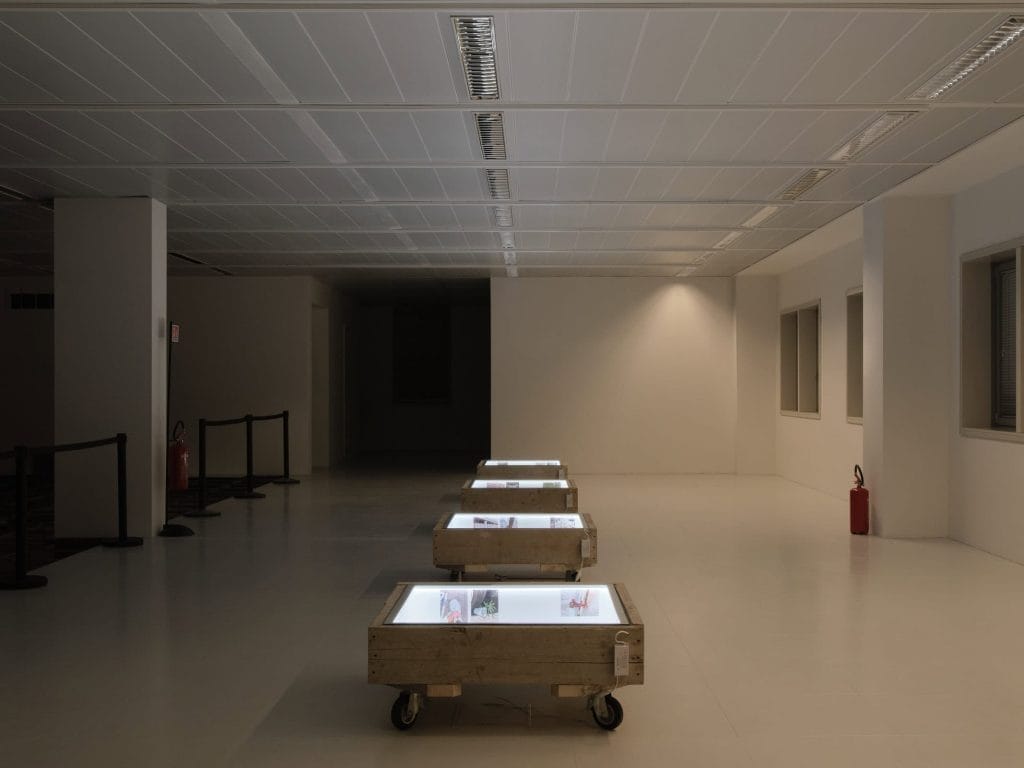
The ‘infrathin’ serves as a conceptual space where curatorial practices undergo a metamorphosis. Here, curators must embrace an expanded understanding of their positionality: one that is deeply interconnected with broader societal changes. This implies stepping away from monolithic narratives and engaging with fragmented histories, ephemeral art forms, and digital cultures. It becomes increasingly critical for curators to acknowledge and highlight the fragmented nature of contemporary art practices. This articulation of the ‘infrathin’ invites a new awareness of what curating can be—a process that is not fixed, but rather fluid, responsive, and open to influences that emerge daily and to major involvement of artist’s own critique in the competitive game of space(s) appropriation.
To explore the ramifications of the undead nature of curating, we can look at examples of contemporary curatorial projects that reflect these shifts. Exhibitions of performance art, for instance, operate in spaces where the ephemeral becomes a focal point—an embodiment of the moment and the experience rather than a static object. This approach challenges the gallery’s traditional setup, demanding that curators reconsider their methods of engagement. Rather than simply displaying a work, curators now endeavor to enliven the event through immersive and participatory experiences that break down barriers between artist and audience, art and contemporary societal, local matters.

Furthermore, the rise of digital curation exemplifies this transformation. In a virtual context, the curator’s role often extends beyond physical space, embracing diverse and accessible platforms for sharing art. Online exhibitions, digital archives, and social media engagements invite curators to cultivate grand narratives that transcend geographical boundaries and reach new audiences. This shift encourages a collaborative ethos, where artists and curators engage in dialogue rather than a one-sided presentation of art. The curatorial role, in this case, pivots toward a community builder, emphasizing interactivity and collective experience that responds to the immediacy of the here and now.
Moreover, the ‘zombie’ nature of curating necessitates an ongoing critical reflection upon the systemic structures within which it operates. How do we challenge entrenched practices that privilege certain voices while silencing others? Rethinking the power dynamics embedded in curatorial practices calls into question issues around representation, accessibility, and the hierarchies that have historically characterized the art world.
In grappling with the undead state of curating, it is crucial to reshuffle traditional identifiers of artistic merit and value. The emergence of the ‘zombie curator’ suggests a playful yet serious re-engagement with the meaning of curatorial practice in its present context, blurring the lines between curator, artist, and participant. By introducing non-hierarchical structures that prioritize collective authorship and celebrates the act of curation as a critical intervention, the field can begin to shed its haunted past and create fluid spaces for cultural discourse and social exchange.
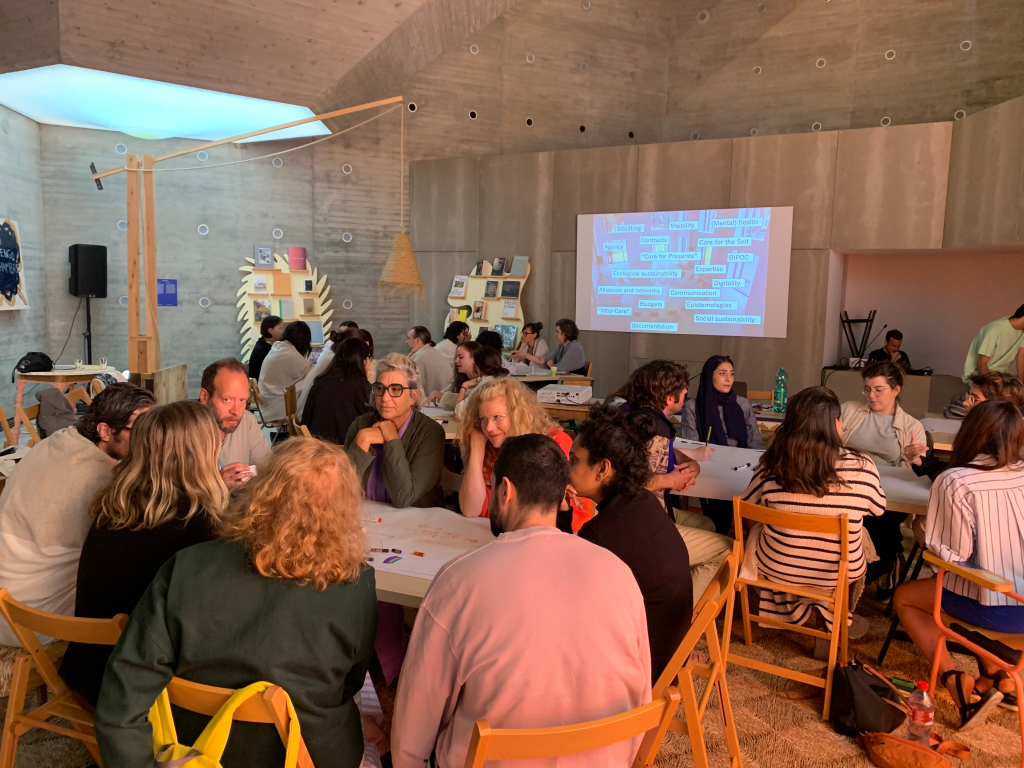
By navigating the space between decay and revival, curators in this contemporary landscape can reevaluate their functions, redefine their objectives, and embrace the obscurity that accompanies experimentation. It is within this tension that curating can emerge as a vibrant field of inquiry, one that not only catalogues art but also engages with the voices and narratives that shape our understanding of culture today. To transcend the constraints of the past, curators must actively participate in the fluidity of their practice, embracing the potential for transformation that lies in the ‘infrathin’ of contemporary life. Ultimately, this exploration encourages a reimagining of curatorial work as not merely an act of portfolio building and physical exhibition making but as a vital process of creation, collaboration, and community building—a vital engagement with the art of the now outside exclusive institutional networks of exclusion.
Are you a writer, curator, or art professional? Do you have a unique perspective to share or a critical reflection that could enrich the contemporary debate? Fakewhale invites you to contribute to the new “Authors Insights” section.
Reach out at info@fakewhale.xyz
Ilaria Sponda
Ilaria Sponda is an in(ter)dependent curator, writer, and editor. She lives and works in Munich. She holds a BA in Arts, Media, and Cultural Events from IULM University, Milan, and a MA in Culture Studies at Universidade Católica Portuguesa. Her words have featured in The British Journal of Photography, C41 Magazine, Lampoon, Over Journal, Umbigo and Trigger among others. Her focus of interest lies in photographic art, media ecologies, globalization, and image circulations. She works at the intersection of contemporary art, image-culture and their distribution. Her research and work are rooted in in(ter)dependence as a curatorial practice itself. Her curatorial work has indeed been supported by alternative dialogical work of knowledge sharing outside common circuits of financial support given both the current economic crisis and exclusion policies at play in the art world. Her commitment to questioning the curatorial redefines the parameters of the artist-curator relationship, inviting a reexamination of how cultural knowledge is generated and disseminated in our interconnected world.
You may also like
Fakewhale Solo Series presents Ministers Baby pt. 3 by Lorna Mills
On Wednesday, May 8th, Fakewhale proudly presents “Ministers Baby”, a Fakewhale Solo Series rele
20 – The Baptism of Mikel Serone
Washington D.C., Tilted Kilt Pub & Eatery, United States “Duke, honey, let’s all just go hom
PRNTD: The New Standard for Fine-Art Print & Editorial Authentication
Throughout the fine art and editorial sectors, the evolution of authenticity has been a journey from

